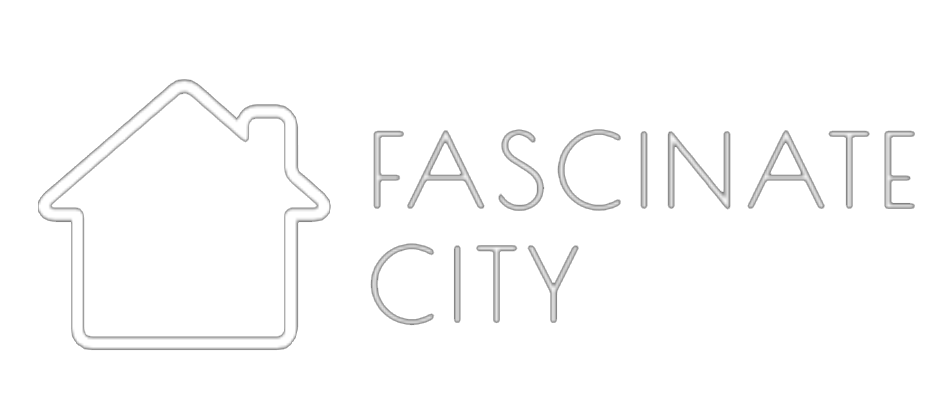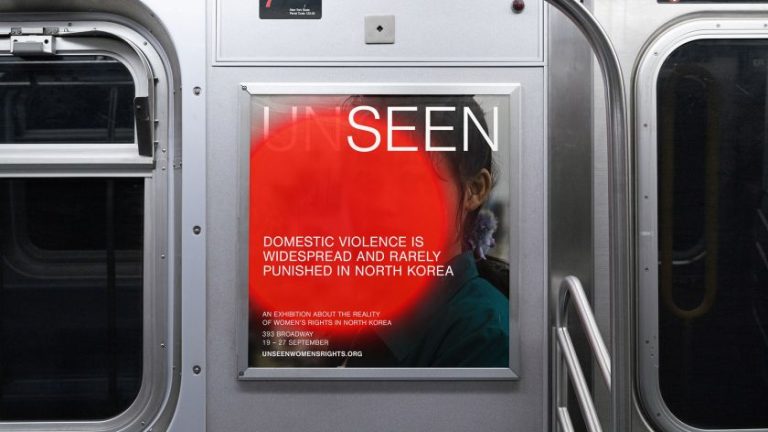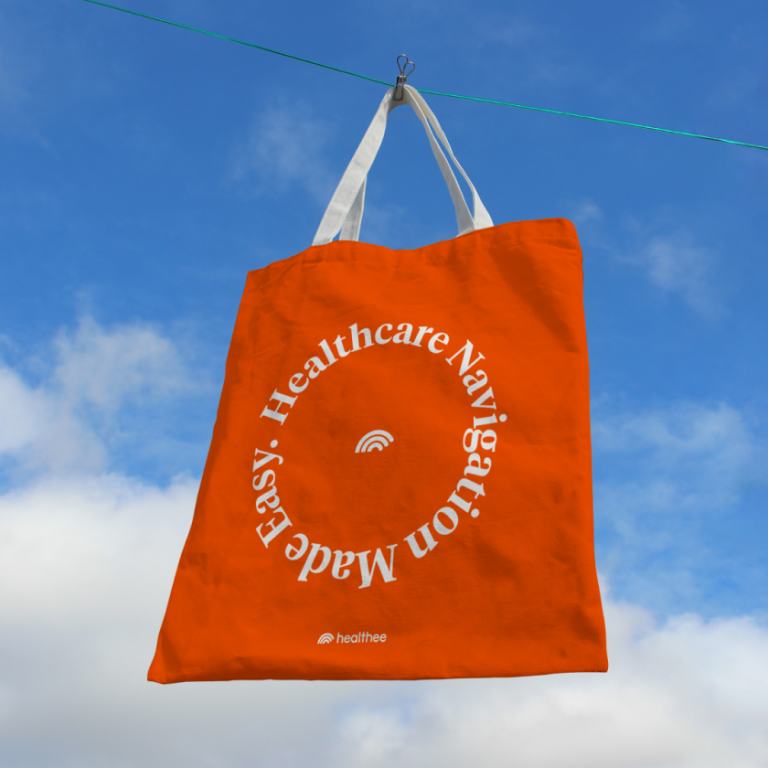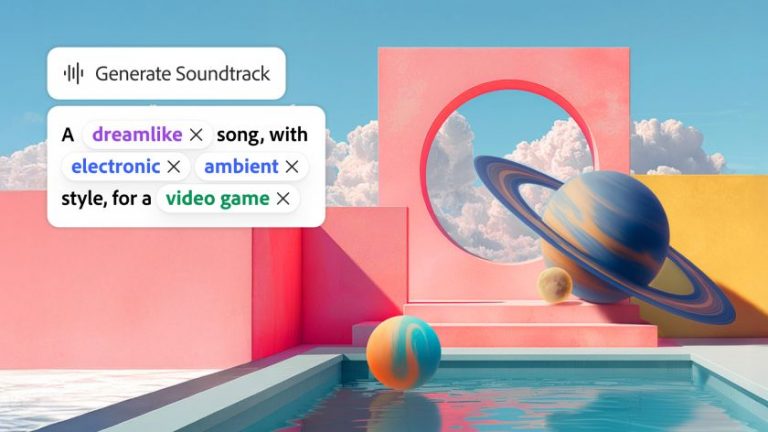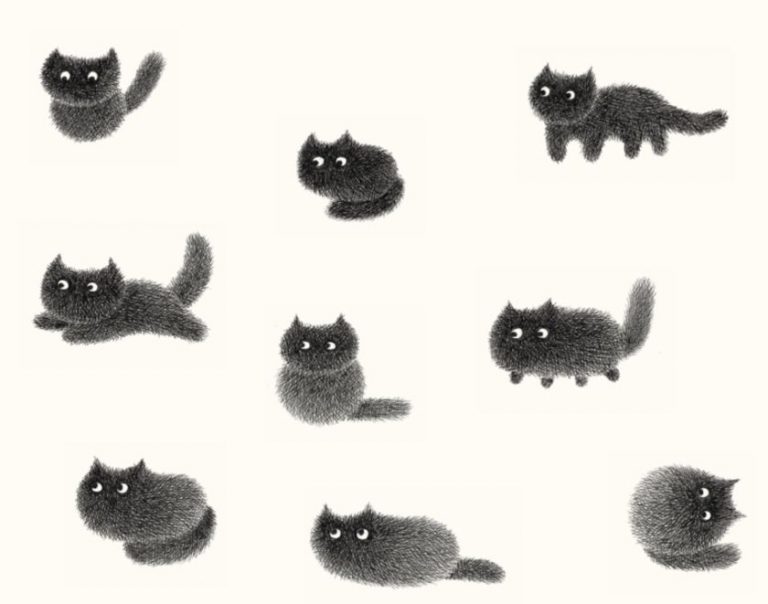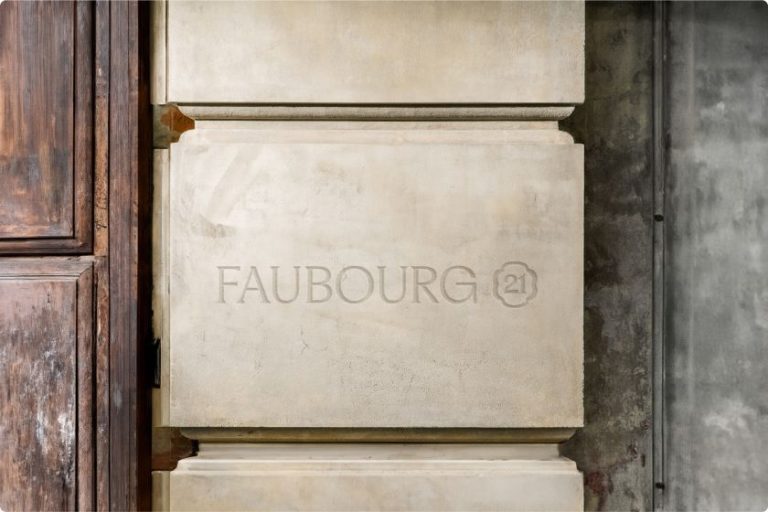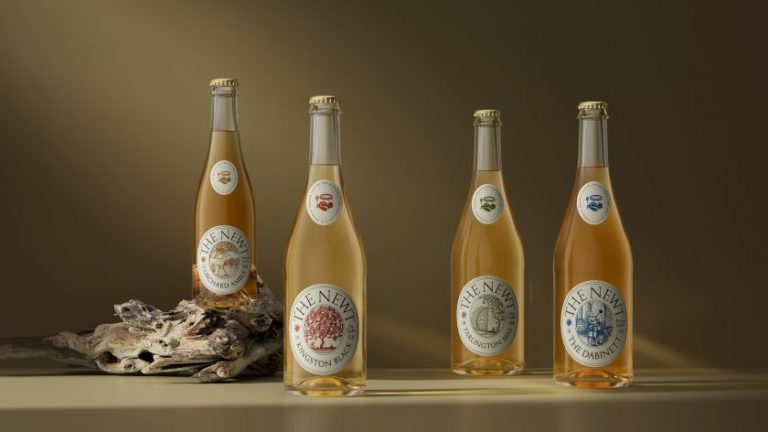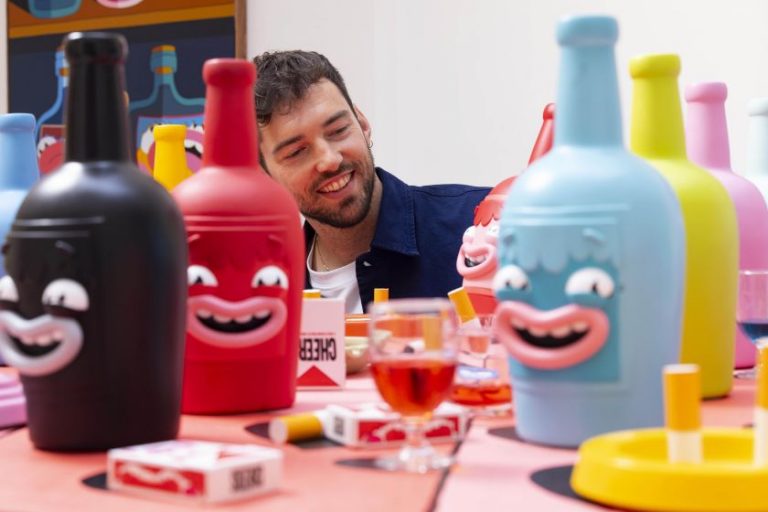Photo by Paul Blakemore
This year, Glastonbury Festival’s most radical field ditched the digital noise for analogue media and authentic connections. Here’s what creatives can learn from their bold experiment.
In an era where creative professionals are drowning in the relentless churn of social media algorithms, Glastonbury’s legendary Shangri-La field has taken a radical step: it has moved entirely away from the digital noise.
For their 2025 transformation under ‘The Wilding’ theme, creative director Kaye Dunnings and her team made the bold decision to ditch social media promotion in favour of something revolutionary: real human connection.
This wasn’t a casual experiment. “We’ve spent years exploring the impact of consumerism and digital overload, especially with our previous ‘Everything Must Go’ theme,” says Kaye. “For 2025, we wanted to go beyond critique and actually model alternatives. That meant stripping things back; not just in the physical space, but in how we communicate.”
The power of physical presence
So, for starters, instead of the typical barrage of Instagram stories and Facebook posts, Shangri-La announced this year’s lineup by sending out 100 handcrafted packages to journalists, artists, and stakeholders.
Each contained a beautiful limited-edition risograph poster, packets of sunflower seeds, and personal notes—all designed by Rosie Lee Wilson and riso-printed by Josh at 16 Tonne Press, on recycled, acid-free paper made by Arboreta Papers.
“Getting something in the mail that’s not a bill or a piece of paper trying to sell you something is a rare, beautiful thing,” says Kaye. “Giving a gift is a wonderful thing to do.”
The response was immediate and profound. For example, Shangri-La’s head of communications Fiona McGarva recalls visiting BBC Radio’s Deb Grant in person to deliver her poster: “We just sat down and we talked about it for half an hour, and had a cup of tea. She got it. She thought about it. She was interested. People have framed them and they’re growing the seeds that went with it on their balconies.”
Beyond the algorithm trap
This approach is more than just a marketing strategy; it’s a philosophical statement about how creatives can reclaim agency over their work, which Fiona says was partly inspired by this article on Creative Boom. “It’s easy to get lost in the churn of digital content,” she explains. “We wanted to slow things down, to invite people to engage more intentionally.”
Another element of the new strategy was “Sign Up for Joy!”, a curated email newsletter that became the sole channel for official updates on Shangri-La. Despite being announced only once, during the initial announcement in April, and in the spirit of secrecy, not sending a single newsletter until the week of the festival, it quickly gained 3,000 subscribers. The results were staggering; the newsletter achieved an open rate of over 50%. In comparison, the typical figure even for a successful email newsletter is around 15%-25%.
As Fiona puts it: “If we put out a post during the festival to our 30K Instagram followers, we might get 50 likes. But we had 50% of our newsletter subscribers—that’s 1,500 people—and they’re all reading it. They’ve purposely opened it, and they’re only looking at your thing; they’re not just rolling past it. And the numbers are still growing. We plan to build this community over the next two years, sharing our stories with them, and inviting them to be part of something special.”
The art of anticipation
For Rosie, who designed the visual identity across all materials, the process itself became part of the message. “I have a background in printmaking, and I really love the materiality; the actual holding something in your hands,” she enthuses. “When you look at things digitally on your phone, there is no anticipation; it’s just a steady flow of constant information. When you’re sending something through physical mail, you build desire and anticipation in a really powerful way.”
This philosophy extended to Shangri-La itself, where Rosie and her collective Giant Triplets ran live print workshops in a specially designed Grow Room, which culminated in a zine that was distributed for free at the end of the weekend.
Photo by Paul Blakemore
Photo by Paul Blakemore
Photo by Paul Blakemore
“We were running workshops while it was a really lively, fun bar with people getting involved and responding to the themes, then we were creating double-page spreads,” she remembers. “By Sunday, we had enough stuff to collate everything—long arm staplers, guillotines, risograph—and we made around 150 copies.”
Importantly, the whole process was deeply rooted in Somerset. “Both Kaye and I are based here,” says Rosie, “and the risograph studio we used for the posters, 16 Tonne Press, is just a few miles away. We organised photo shoots on Glastonbury Tor. The paper stock for the posters is produced in nearby Bristol. It was truly a celebration of our local community and its cultural and mythical history.”
The discovery principle
What makes this approach particularly important for creatives is how it addresses the loss of genuine discovery in our hyper-connected world.
“That feeling of getting lost, I think, is missed,” reflects Kaye. “Shangri-La used to be a bit like that in the very early days, 18 years ago, when we didn’t all have smartphones, Google Maps and What3Words. We were new. We were in the furthest corner from the Pyramid Stage. It was a discovery. And I wanted to bring a bit of that magic back.”
As part of this, the team deliberately withheld information about what visitors would find in different spaces, relying instead on word of mouth and the ancient art of storytelling. “It’s about folklore, about passing stories down and telling them slowly, telling them from one person to the next,” explains Kaye.
Photo by Paul Blakemore
Photo by Paul Blakemore
Photo by Paul Blakemore
“People went into an area of the field called Realm, and we literally didn’t tell anybody what was going on in there. It’s about people coming out and telling someone else, and then telling someone else. And I think that’s beautiful.”
Lessons for the creative community
So what can creatives learn from this? I’d argue the Shangri-La experiment offers several practical insights for creatives struggling with digital burnout.
Scarcity creates value. By limiting their announcements to 100 physical packages, the team transformed a routine press release into a coveted artefact. “People talked about it, shared the physical items, and signed up for the newsletter because they wanted to be part of something different,” explains Fiona.
Tactile experiences cut through digital noise. In a world of endless scrolling, physical objects demand attention and create lasting memories. As Rosie observes: “At Glastonbury, people absolutely love anything that has been made at the festival, because we’re all suspended within this euphoric space that feels so distant to what we sometimes feel at home, at work, which is often a feeling of isolation or disconnectedness.”
Photo by Paul Blakemore
Photo by Alex Kurunis
Photo by Alex Kurunis
Authenticity requires commitment. The team had to battle internal resistance to their no-social-media approach. “I had to really fight lots of people about not doing social,” admits Kaye. “They didn’t really get their heads around it at the start.” However, the commitment paid off, resulting in deeper engagement than hundreds of quickly forgotten social posts.
Slow processes enable better work. By rejecting the demand for instant content, the team could focus on craft and intention. “We brought in all of those slow processes,” explains Fiona. “What I love about real-life posters is that if something changes, the artist management can’t ring you up and make you take it down or edit it. There are many beautiful instances of artwork when it’s just a bit off. That’s why it’s beautiful.”
The future of creative communication
This year’s Shangri-La was conceived as a “pilot episode” for a longer-term vision. With Glastonbury taking a rest year in 2026, the team will have time to refine their approach before going “really deep” in 2027. But the implications extend far beyond one field. “We want to inspire other events to consider slower, more intentional ways of building community and sharing stories,” says Kaye.
Photo by Paul Blakemore
Photo by Paul Blakemore
Photo by Paul Blakemore
For creative professionals drowning in the endless demands of social media management, Shangri-La’s experiment offers a different path—one that prioritises genuine connection over algorithmic reach, craft over content, and human stories over digital metrics.
No one is saying that every creative should abandon social media entirely. But in a world where authentic human connection feels increasingly rare, perhaps it’s time to ask: what would happen if we dared to slow down, step back, and remember that the best creative work has always been about genuine human connection, not just the illusion of it on a screen?
As Rosie says: “Having something produced by a collective in that space comes to symbolise those themes of connectedness and connection to the land, and to the materials.” In an age of digital overwhelm, that might just be the most radical creative act of all.
